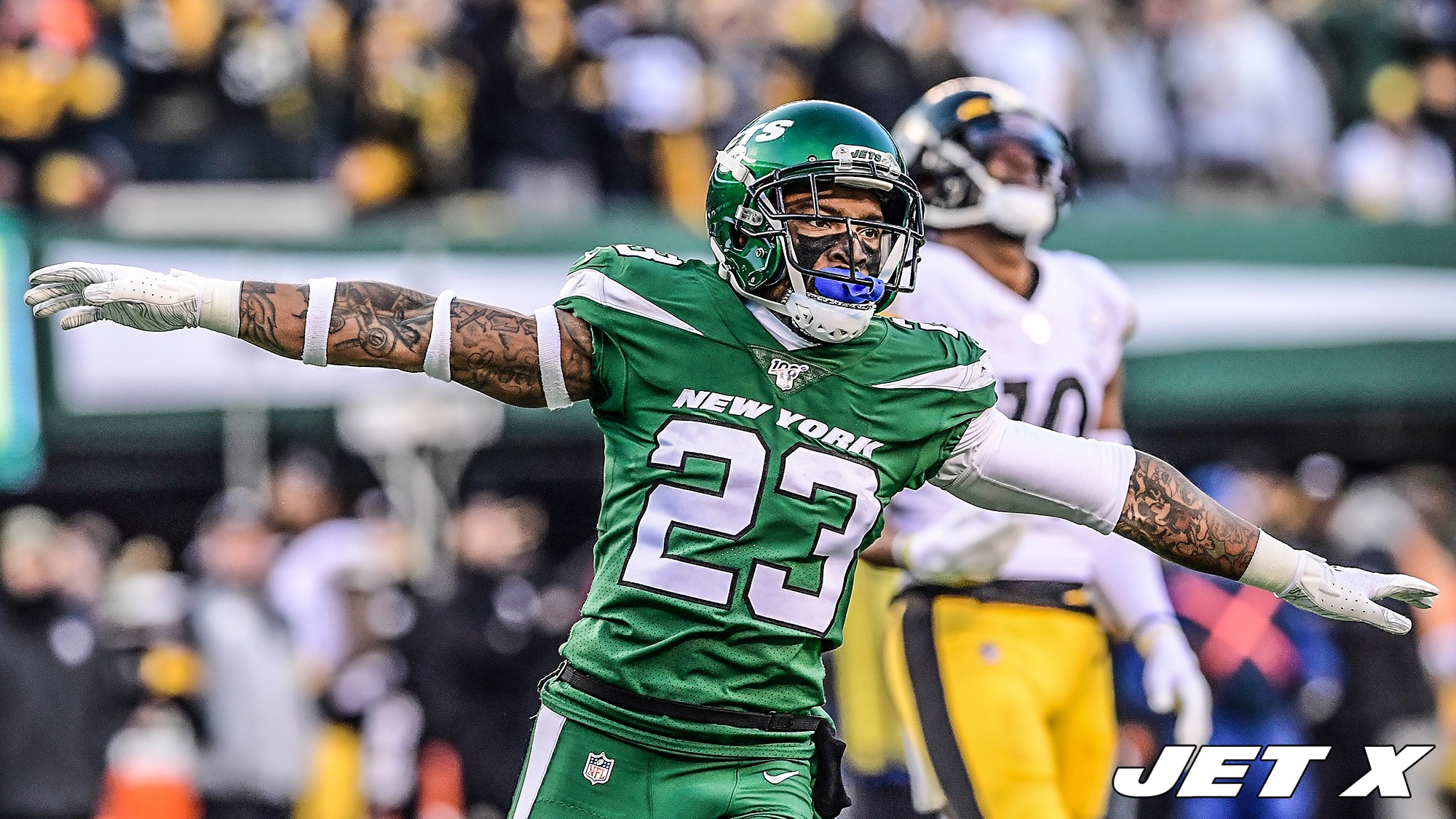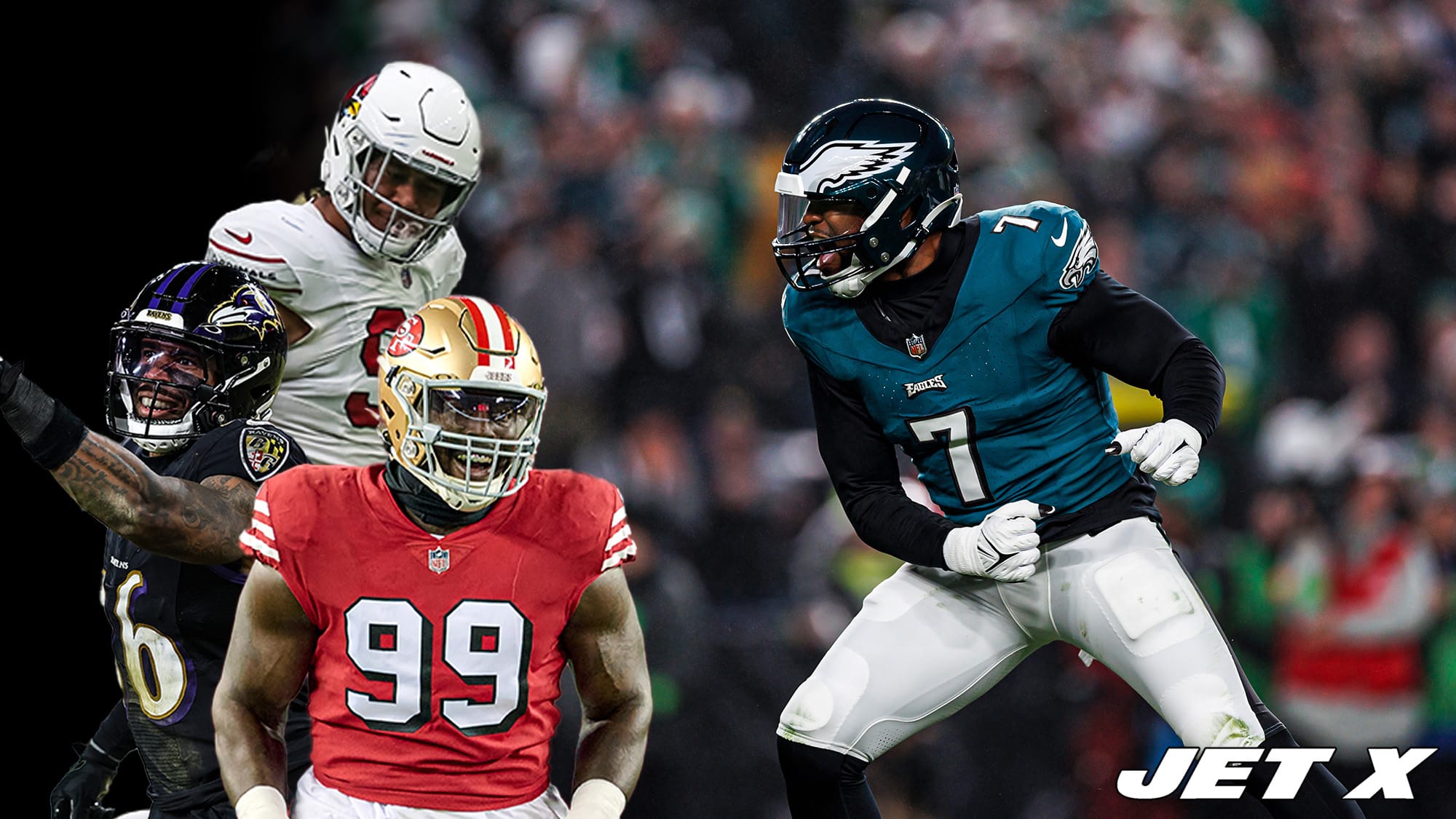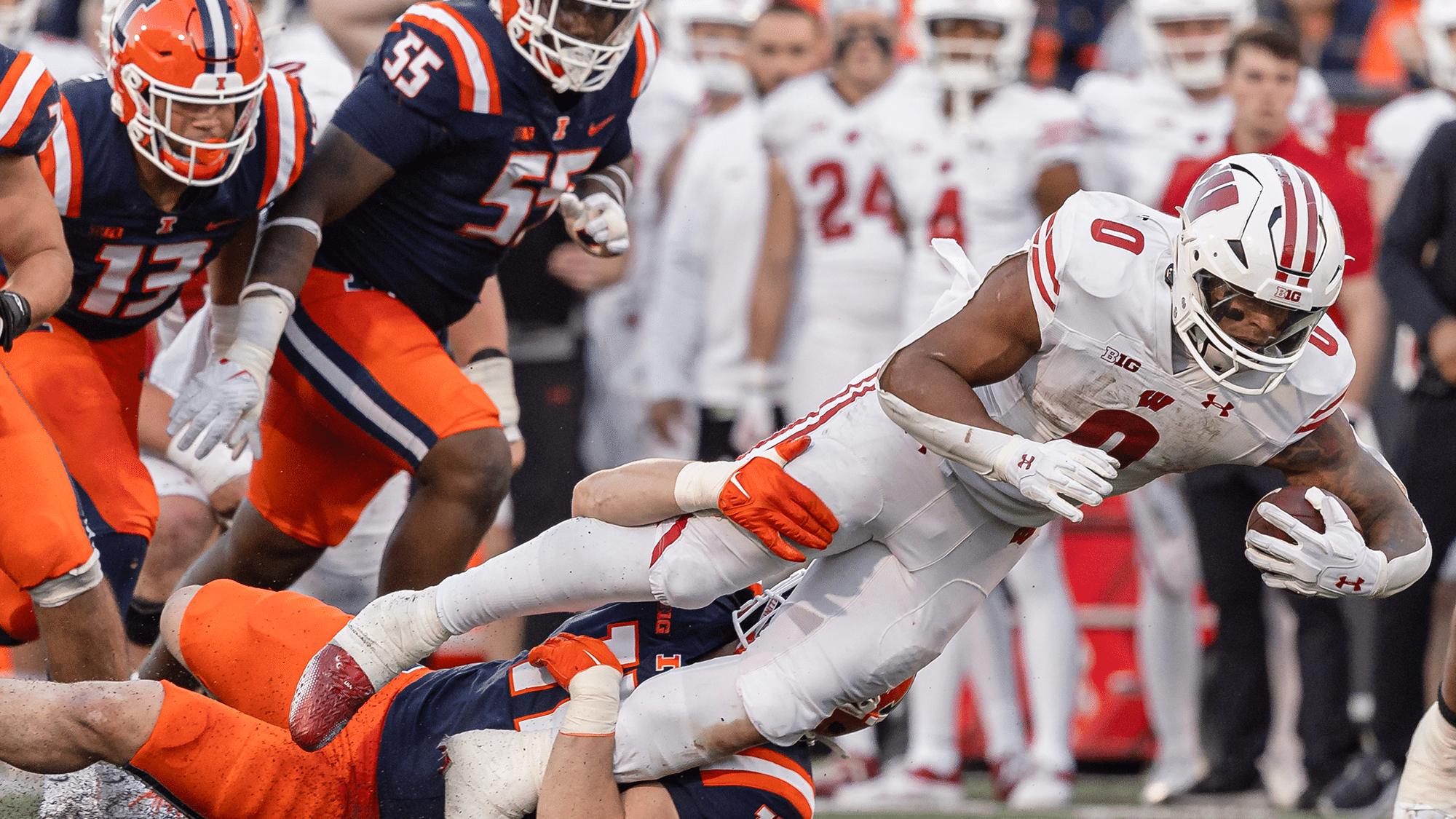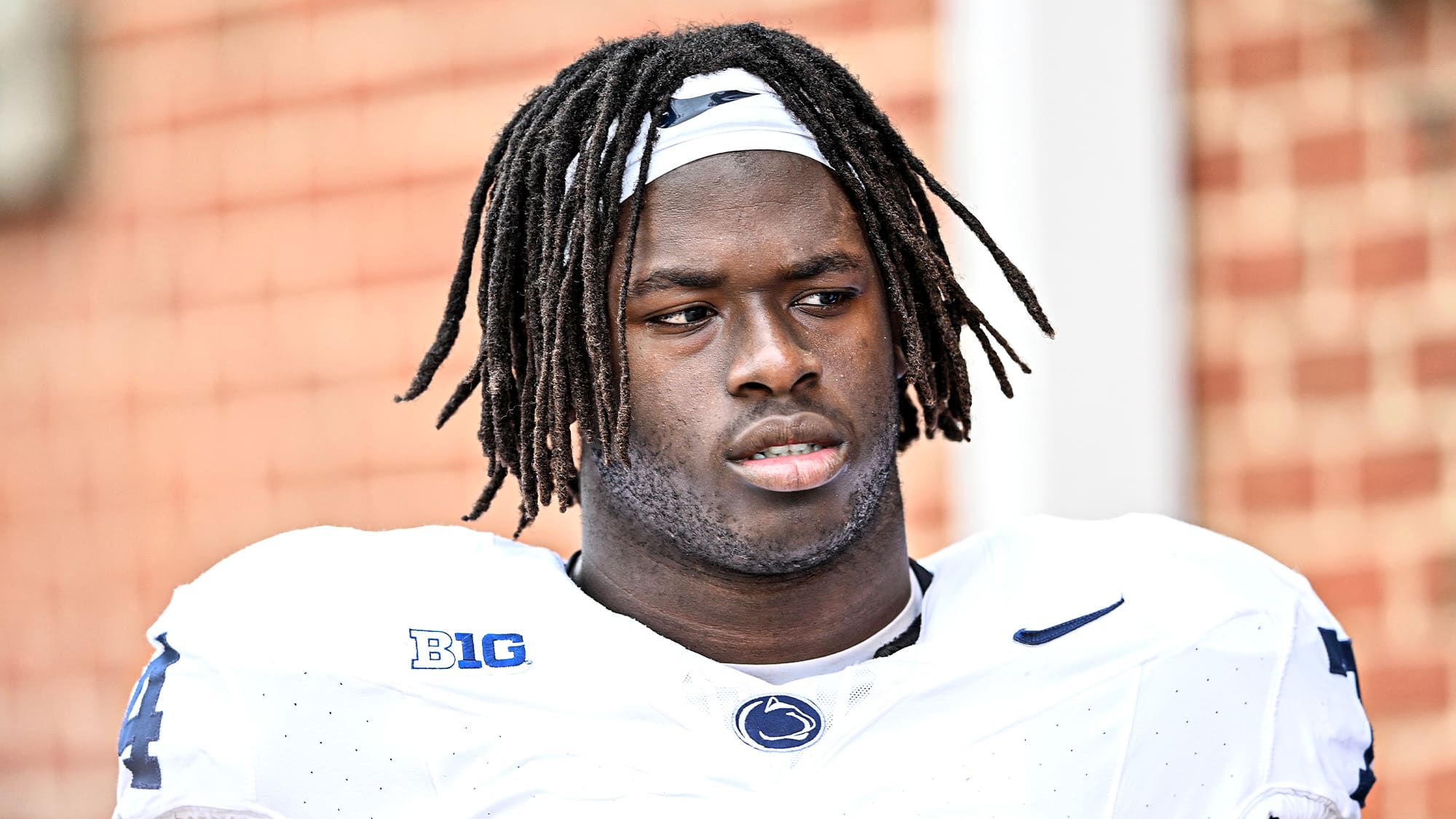Michael Nania brings together a multitude of metrics to rank all 32 cornerback groups in 2019. Where did the New York Jets rank?
Back in March, I conducted a study that blended a bevy of different metrics to get a solid estimate of exactly where the New York Jets’ offensive line ranked amongst the league’s 32 units in 2019.
I decided to apply that concept to the rest of the game’s positions. Today, we look at cornerback. Where did the unit led by Brian Poole, Blessuan Austin, and Arthur Maulet stack up?
The method behind the rankings is simple – for each statistic, every team is scored on a scale of 0-to-10. The worst team receives a 0, the best team receives a 10, and the other 30 teams are scored relative to those two points. The final rankings are assembled according to each team’s average score across all statistics.
Previous rankings can be found here:
Let’s dig into the metrics behind the 2019 cornerback rankings.
First half (Weeks 1-9)
Statistics are the combined totals of all cornerbacks to play for each team in 2019. These numbers are evaluating the 2019 season only and do not account for any moves made since the season’s conclusion.
The Jets saw a drastic change in their personnel at cornerback in the second half of the season, and with it, a massive improvement in performance. Because of these changes, I thought it would be best to split the season up into two halves and evaluate how well each group of cornerbacks performed relative to the rest of the league.
From Weeks 1-9, the cover snaps at cornerback were laid out as follows – Darryl Roberts (324), Poole (273), Trumaine Johnson (176), Nate Hairston (162), and Maulet (4).
From Weeks 10-17 – Austin (237), Maulet (222), Poole (191), Maurice Canady (139), Roberts (76), Hairston (67), and Kyron Brown (33).
Let’s kick things off with the first-half group that played a big role in the Jets’ 1-7 start. Roberts started all eight of these games. Johnson started five while Hairston started the other three.
Here are the statistics considered:
- Coverage: Passer rating allowed, yards per cover snap allowed, PFF coverage grade
- Run defense: Run stop rate, PFF run defense grade
The stats in both facets were averaged together to give each team an aggregate score for coverage and run defense. Because coverage is far important for a cornerback than run defense, coverage scores are weighted as 80% of the overall score while the run defense score makes up only 20%.
Here is how the Jets cornerback group compared against the other 31 units in the league from Weeks 1-9.
The Jets cornerback group landed at 19th overall in the first half.
Coverage: 18th
- Passer rating: 18th (98.9 – position average: 96.2)
- Yards per cover snap: 19th (1.26 – position average: 1.21)
- Coverage grade: 17th (60.7 – position average: 61.7)
Run defense: 11th
- Run stop rate: 18th (2.0% – position average: 2.1%)
- Run defense grade: 11th (65.0 – position average: 62.2)
You’re probably surprised by this ranking. I certainly was. Hairston, Johnson, and Roberts had an abysmal start to the season that hurt the Jets greatly in just about all seven of their losses in the first half.
So, how did the Jets fare so decently in the first half? One man was responsible.
Poole put the entire group on his back with elite play.
While Hairston, Johnson, and Roberts each allowed a passer rating over 100.0 and ranked in the bottom-third of yards per cover snap from Weeks 1-9, Poole allowed the seventh-fewest yards per cover snap (0.74) out of 115 qualifiers and earned the 13th-best coverage grade (75.5).
Here’s how Poole’s coverage compared versus the other Jets cornerbacks over the team’s first eight games.
- Poole: 273 cover snaps, 26/40, 201 yards (5.0 per target / 0.74 per snap), 0 touchdowns, 0 interceptions (77.2 passer rating)
- Others: 666 cover snaps, 80/114, 979 yards (8.6 per target / 1.47 per snap), 6 touchdowns, 2 interceptions (106.6 passer rating)
The Jets’ initial starters on the outside were certainly abysmal, but Poole was just so darn good that he nearly lifted the group up to an average level of performance.
Second half (Weeks 10-17)
Everything changed against the Giants in Week 10. Maulet got his first start of the season and would become a featured piece from that point forward. Hairston started that game, but was quickly benched in favor of Austin, who joined forces with Maulet to form the primary outside cornerback duo in the second half.
With Austin and Maulet on each side of Poole, Gregg Williams finally had a combination that worked. The group saw an absolutely meteoric rise in production, landing shockingly high on the league-wide rankings.
















